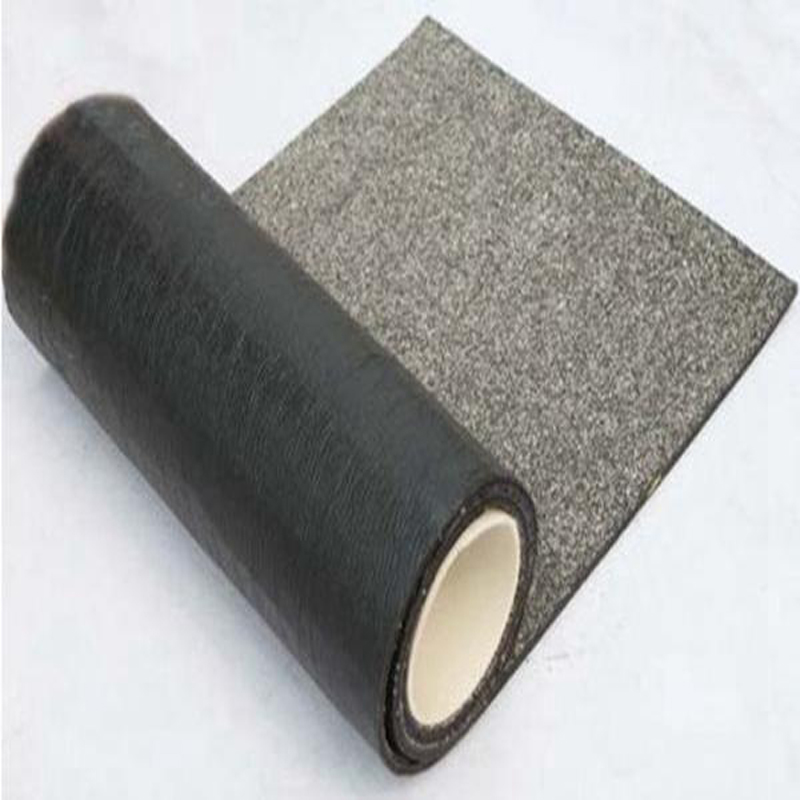People usually employ bitumen felt base mats for waterproofing and roofing purposes. Here’s an FAQ guide covering some critical parts:
1. What is bitumen felt base mat?
Bitumen felt base mat (also called underlayment) serves as a waterproofing membrane in roofing systems. Its base layer consists of either reinforced or non-reinforced bituminous felt. Manufacturers produce it by saturating or coating a host material—such as polyester mat, fiberglass, or organic felt—with bitumen, asphalt, or modified bitumen.
2. What are the types of bitumen felt base mats?
- Felt with Reinforcement:Used for greater strength due to fiberglass or polyester reinforcements.
- Non-reinforcement (Organic Felt): Made from cellulose fibers. Not very durable, but more elastic
- Torch-On Felt: Requires heat (flame) for installation.
- Self-Adhesive Felt: Has a peel-and-stick backing for easier application.
- Perforated Felt: Allows trapped moisture to escape (used in certain roofing systems).
3. What are the main applications?
- Roofing underlayment: Provides a waterproof barrier beneath shingles, tiles, or metal roofing.
- Damp-proofing: Used in foundations or below-grade structures.
- Flat roof systems: As a base layer in built-up roofing (BUR) or modified bitumen systems.
4. What are the advantages?
- Waterproof: Acts as a moisture barrier.
- Flexible: Adapts to minor substrate movements.
- Cost-effective: Affordable compared to other waterproofing membranes.
- Durable: Resists UV (if covered) and weathering.
5. How is it installed?
- Surface Preparation: Clean, dry, and smooth the substrate.
- Adhesion Methods:
- Torch-applied: Heated with a flame for bonding.
- Cold-applied: Using bitumen adhesive or self-adhesive backing.
- Mechanical Fixing: Nails or staples (for temporary underlayment).
- Overlap: Sheets should overlap (typically 100mm side/end laps) for watertightness.
6. What are the key standards?
- BS 8217: British Standard for reinforced bitumen membranes.
- EN 13707: European standard for reinforced roofing felt.
- ASTM D226/D227: US standards for asphalt-saturated felt.
7. How long does bitumen felt last?
- Base layer (underlayment): 10–20 years, depending on exposure.
- Exposed roofing: 5–15 years (requires protective top layers).
8. Can it be repaired?
You can patch damaged sections with bitumen tape, liquid bitumen, or a new felt layer.
9. What are common issues?
- Blistering: Trapped moisture or poor adhesion.
- Cracking: Aging or extreme temperature changes.
- Poor adhesion: Incorrect installation or dirty substrate.
10. Is bitumen felt environmentally friendly?
- Manufacturers produce traditional bitumen from petroleum, but some modified versions use recycled materials.
- Alternatives like synthetic underlayment (TPO, EPDM) are more eco-friendly.
11. Can it be used with other roofing materials?
Yes, it works under:
- Asphalt shingles
- Metal roofing
- Slate/tiles (as a secondary barrier)
12. How does it compare to synthetic underlayment?
| Feature | Bitumen Felt | Synthetic (e.g., Polypropylene) |
|---|---|---|
| Weight | Heavier | Lighter |
| Durability | Moderate | Higher tear resistance |
| Waterproofing | Good | Excellent |
| Cost | Lower | Higher |

Would you like more details on a specific aspect (installation, brands, etc.)?
Contact Us
Email: guanlinguoji@126.com
Phone/WhatsApp: +86 18263668883
For more Enterprise Products, visit: glwaterproof.com/product/







